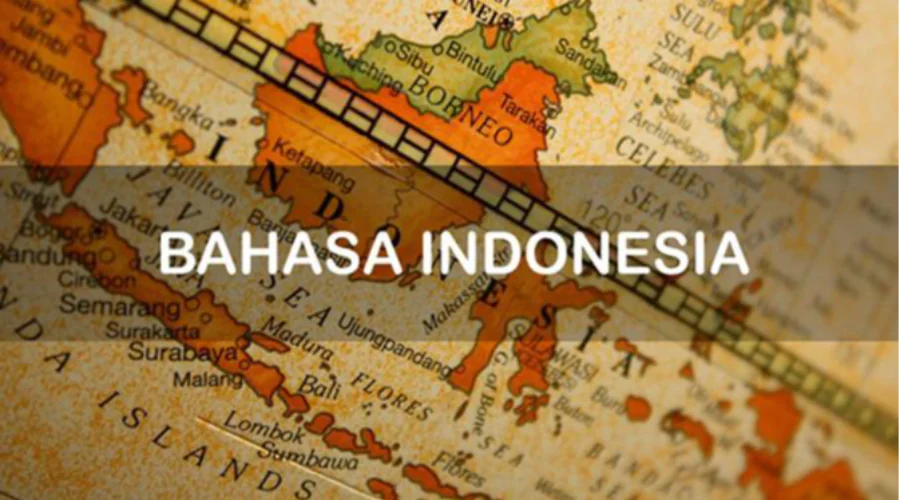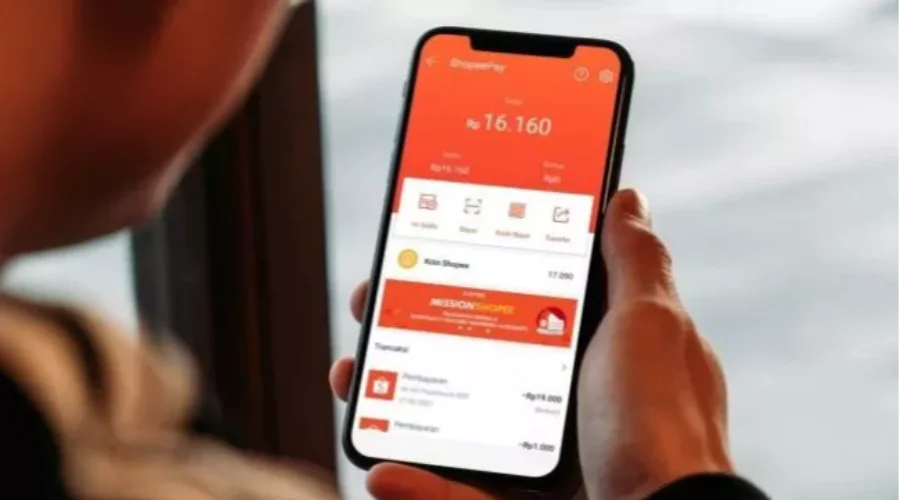
- 27 May
- 2022
Ilustrasi gambar (Liputan6)
Crowded Indonesia and Malaysia Fight over the Influence of the National Language, This Said a Lecturer at UM Surabaya
Relations between Indonesia and Malaysia often heat up over claims. In the last few days, social media has been stirred up by reports of feuds between two allied countries fighting over territory regarding the use of the official language in ASEAN (Association of Southeast Asian Nations).
This feud began when the Prime Minister of Malaysia, Dato Sri Ismail Sabri Yaacob proposed that Malay be made the official language of ASEAN besides English; while the Minister of Education, Culture, Research and Technology (Indonesian Minister of Education and Culture Nadiem Anwar Makarim rejected the proposal and said that further studies and discussions were needed, even in press release No.178/Isipers/A6/IV/2022.
The busyness of this issue attracted the attention of Sujinah, a lecturer in Indonesian Language Education at the University of Muhammadiyah Surabaya (UM Surabaya) to provide a response.
In a written statement, Sujinah pays close attention to the development of the Indonesian language, regarding the opportunities and challenges of Indonesian becoming an Asean language. According to him, the opportunity for Indonesian to become an Asean language is enormous considering that Indonesian has advantages both from historical, legal and linguistic aspects.
"It is undeniable that the forerunner or embryo of Indonesian is Malay, because Malay is a language that has been used in the Southeast Asian region since the 7th century, this is evidenced by the discovery of the Kedukan Bukit Inscription and the Talang Tuwo Inscription in Palembang, the Kota Inscription Limestone in West Bangka, and the Karang Berahi Inscription in Jambi," explained Sujinah Tuesday (17/5/22)
He also explained that in Central Java the Gandasuli inscription was found 832 M and in Bogor inscriptions with the year 942 AD were found using Old Malay. The Malay language spread to remote corners of the archipelago along with the spread of Islam brought by merchants so that the language is known as the language of communication (lingua franca) between islands, between tribes, between traders, between nations because the system is easy to learn because there is no level of speech based on social strata.
The Youth Pledge of 28 October 1928, especially the third point "We the sons and daughters of Indonesia uphold the unity of the Indonesian language" as a milestone in the recognition of the name Indonesian by the entire Indonesian nation. Sutan Alisyahbana stated "Indonesian is a language of communication that has grown for centuries among the population of Southeast Asia and after the rise of the Indonesian people's national movement in the early twentieth century it was consciously appointed as the language of unity".
The use of the expression with insaf (realization is appointed, upheld, and used as a language that connects and unites the Indonesian people) implies that the language that was formerly called Malay is different from the language that is called Indonesian.
“Currently, Indonesian has developed far beyond Malay and has become the identity of Indonesian with the enrichment of Indonesian vocabulary, both from various foreign languages and regional languages. As the official state language since the existence of the 1945 Constitution (UUD) on August 18, 1945," he added again.
He further added that the Indonesian language is enriched by more than 1,100 regional languages in Indonesia, used by 714 ethnic groups, in 513 districts/cities, 34 provinces and 16,056 islands in Indonesia. There are far more Indonesian speakers than Malay speakers, namely 199 million: 19 million (results of ethnological research reported in December 2021). Indonesian continues to develop into a modern language, as evidenced by the large number of Indonesian speakers around the world (48 BIPA hosting countries) because Indonesian is easy to accept, easy to learn, and understand.
"The biggest challenge in developing Indonesian to become an Asean language actually comes from within the Indonesian nation itself. At present, many leaders who are supposed to be role models for using the Indonesian language properly and correctly are not implementing this. They often use Indonesian mixed with foreign languages," he said again.
He again added that there are many millennial generations who feel cooler by using foreign languages than using Indonesian. The use of terms or the naming of housing, shops, malls, supermarkets, tourist attractions, public spaces, not to mention social media and so on, Indonesian should be the host in its own country. Literacy in using the Indonesian language properly and correctly must be encouraged at all levels of Indonesian society.
"In the end, as stated by the Head of the Language Agency, Malay for Indonesians is one of the regional languages. In Indonesia, when someone mentions Malay, the perspective is that it is a regional language, this refers to data on language bodies in Indonesia, there are 87 dialects of Malay," he explained.
Furthermore, the expectations of the Indonesian government are contained in Law Number 24 of 2009 concerning the State Flag, Language and Emblem, it is written that the state is trying to improve the Indonesian language to become an international language.










(0) Comments